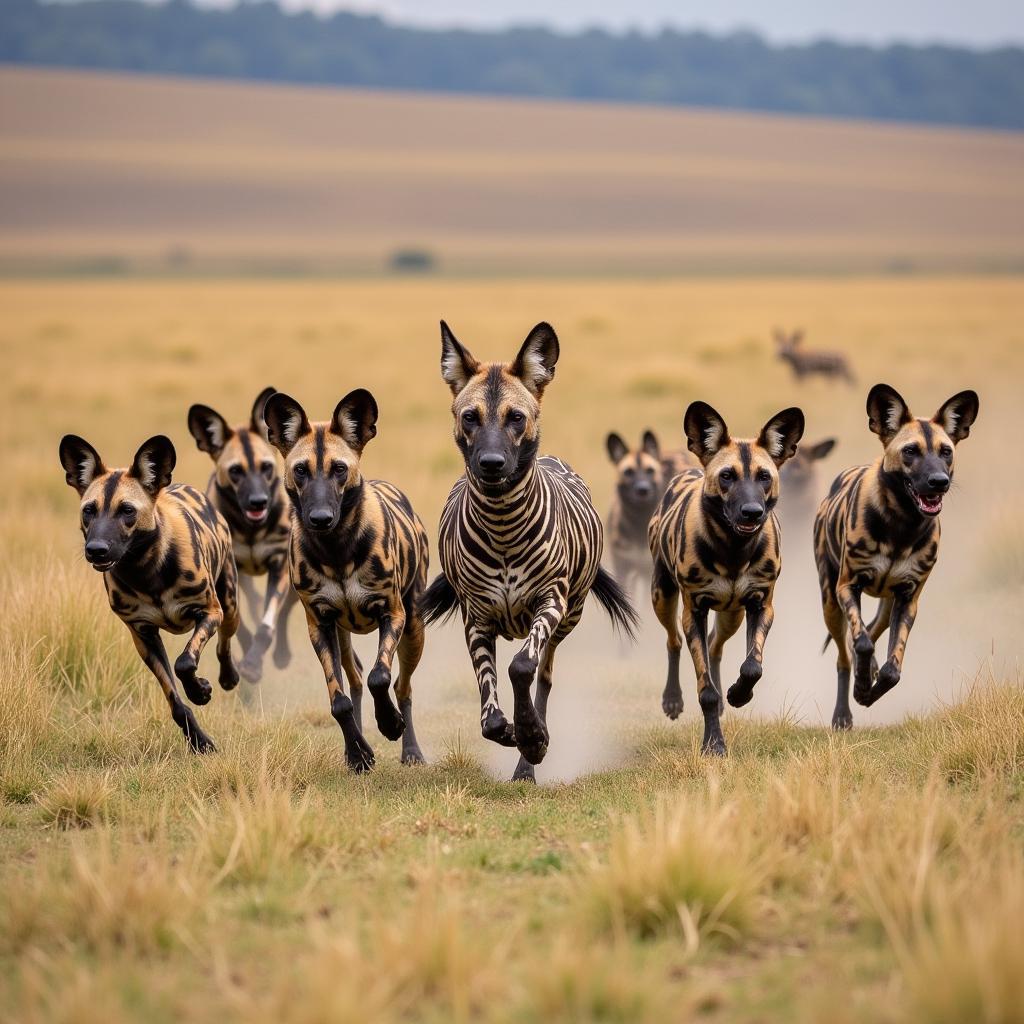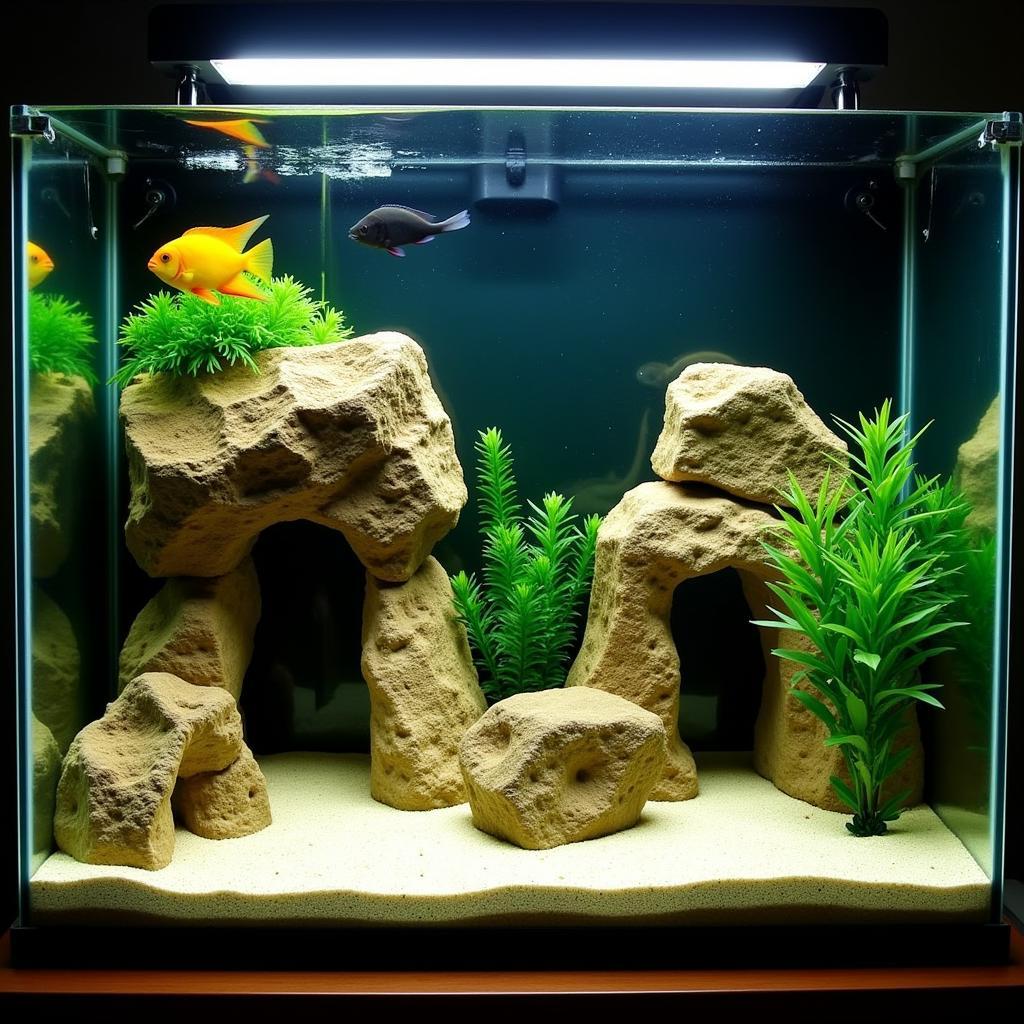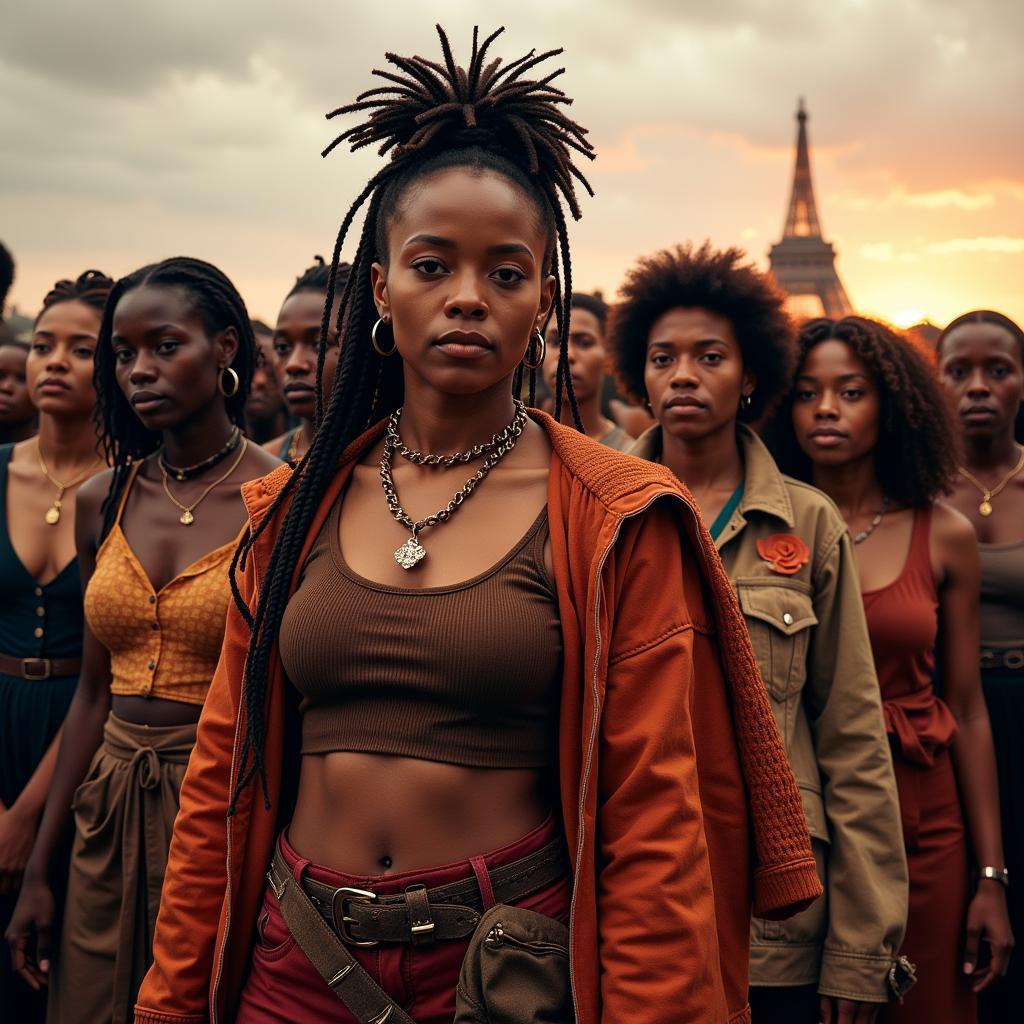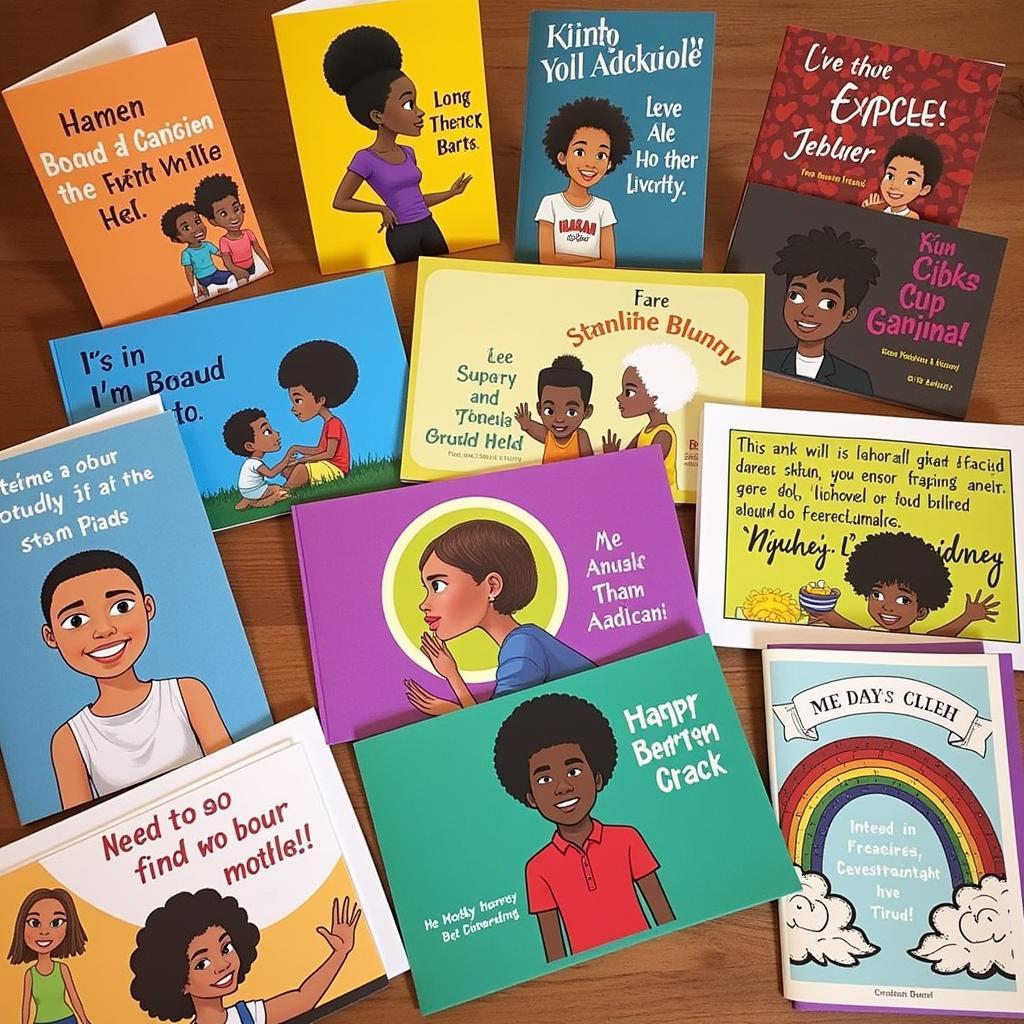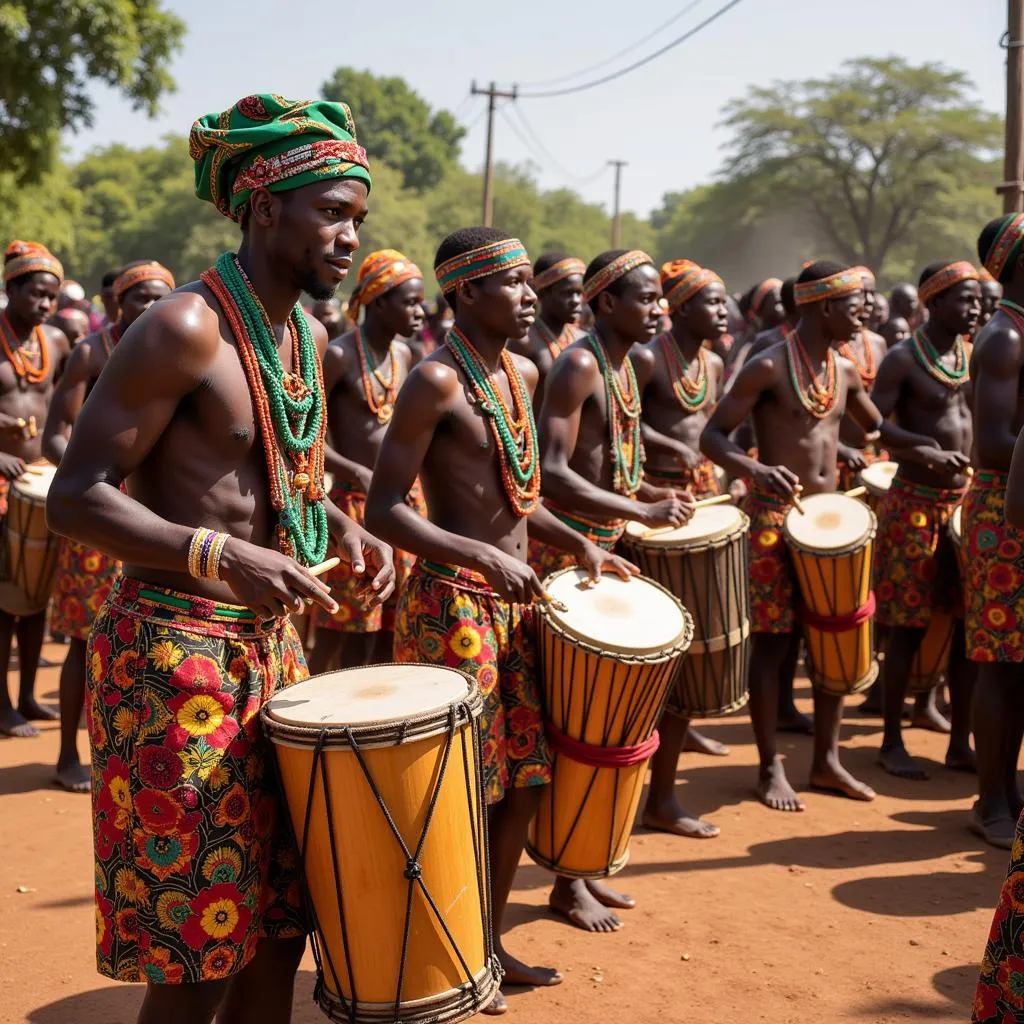Unveiling the Secrets of the African Crossbow
The African Crossbow, a fascinating tool steeped in history and tradition, holds a unique place in the continent’s diverse tapestry of cultures. From its origins to its varied uses across different regions, this article delves into the captivating world of the African crossbow.
A History of Hunting and Warfare: The African Crossbow’s Evolution
Crossbows in Africa have a rich history, intertwining with both hunting practices and warfare strategies. Unlike their European counterparts, African crossbows often exhibit distinct features in design and construction, reflecting the ingenuity and resourcefulness of the local craftsmen. These variations highlight the adaptability of this weapon to diverse environments and purposes across the continent. Evidence suggests that crossbows existed in Africa before European contact, possibly independently developed, although some theories propose influence from other regions.
Early African crossbows were often constructed using readily available materials like wood, bone, and plant fibers. The bowstring, a crucial component, was typically made from strong, flexible materials found in the local environment. Over time, the designs evolved, incorporating advancements and adaptations based on regional needs and preferences.
Regional Variations: A Tapestry of African Crossbow Designs
African crossbows aren’t a monolithic entity. From the dense forests of Central Africa to the savannas of the east, regional variations abound. For instance, some tribes in the Congo Basin developed highly specialized crossbows for hunting small game in the dense undergrowth, while communities in other regions favored larger, more powerful crossbows for taking down larger prey or for use in conflict. These variations demonstrate the intricate relationship between the environment, available resources, and the development of crossbow technology in different African societies.
In some parts of Africa, the crossbow became a symbol of status and power, intricately decorated with carvings and symbolic elements. These embellishments reflected the cultural and spiritual beliefs of the communities that crafted them. In other instances, the focus remained on functionality and practicality, prioritizing the weapon’s effectiveness in hunting or defense.
African Crossbow Mechanisms: Ingenuity and Innovation
The mechanisms used to power and operate African crossbows also exhibit remarkable diversity. Some designs employ simple lever systems, while others feature more complex mechanisms that enhance power and accuracy. This diversity speaks to the ingenuity of African craftsmen, who adapted and refined the crossbow to suit the specific hunting or warfare needs of their communities.
One particularly interesting example is the use of various types of triggers and release mechanisms. Some tribes employed simple string releases, while others developed more complex trigger systems that provided greater control and precision. The design and implementation of these mechanisms demonstrate a deep understanding of mechanics and material properties.
The Role of the African Crossbow in Society
Beyond their practical uses, African crossbows often held cultural and symbolic significance within different communities. They were sometimes incorporated into rituals, ceremonies, and traditions, reflecting their importance in the lives of the people who used them. This symbolic dimension highlights the multifaceted role of the crossbow in African societies.
Dr. Adebayo Olajide, a renowned anthropologist specializing in African weaponry, states, “The African crossbow is more than just a hunting tool or weapon; it’s a reflection of the ingenuity, adaptability, and cultural values of the diverse communities that created and used them.” This perspective underscores the importance of understanding the crossbow within its broader social and cultural context.
How the African Crossbow Compares to Others
While there are obvious similarities between the African crossbow and those found in other parts of the world, distinct differences set the African versions apart. Often smaller and more compact, they reflect the needs of hunters navigating dense vegetation or operating in specific terrains. This adaptability demonstrates the unique characteristics of African crossbow technology.
Professor Fatima Mbaye, a leading expert in African history, adds, “The design of the African crossbow often prioritized maneuverability and portability, reflecting the practical requirements of hunters and warriors in the diverse landscapes of the continent.” This insight illuminates the connection between the design of the crossbow and its practical application in different African environments.
Conclusion: The Enduring Legacy of the African Crossbow
The African crossbow, with its rich history, diverse designs, and cultural significance, continues to captivate and intrigue. From its role in hunting and warfare to its symbolic representation within various communities, the African crossbow offers a fascinating glimpse into the ingenuity and resourcefulness of the continent’s people. Exploring the nuances of this unique weapon unveils a deeper understanding of African history, culture, and technology.
FAQ
-
What are African crossbows made of? Traditionally, they are made from materials like wood, bone, and plant fibers.
-
Are African crossbows still used today? While less common than in the past, they are still used in some communities for hunting.
-
How do African crossbows differ from European crossbows? African crossbows often feature regional variations in design and materials, and are sometimes smaller and more portable.
-
What is the cultural significance of African crossbows? In some communities, they hold symbolic importance and are used in rituals and ceremonies.
-
Where can I learn more about African crossbows? Research anthropological studies and museum collections focusing on African weaponry.
-
Are there different types of African crossbows? Yes, designs vary significantly across different regions and tribes.
-
How powerful are African crossbows? Their power varies depending on design and intended use, from hunting small game to larger animals.
Need Help?
When you need assistance, please contact us by phone at +255768904061, by email at [email protected], or visit our office at Mbarali DC Mawindi, Kangaga, Tanzania. We have a 24/7 customer service team ready to help.
